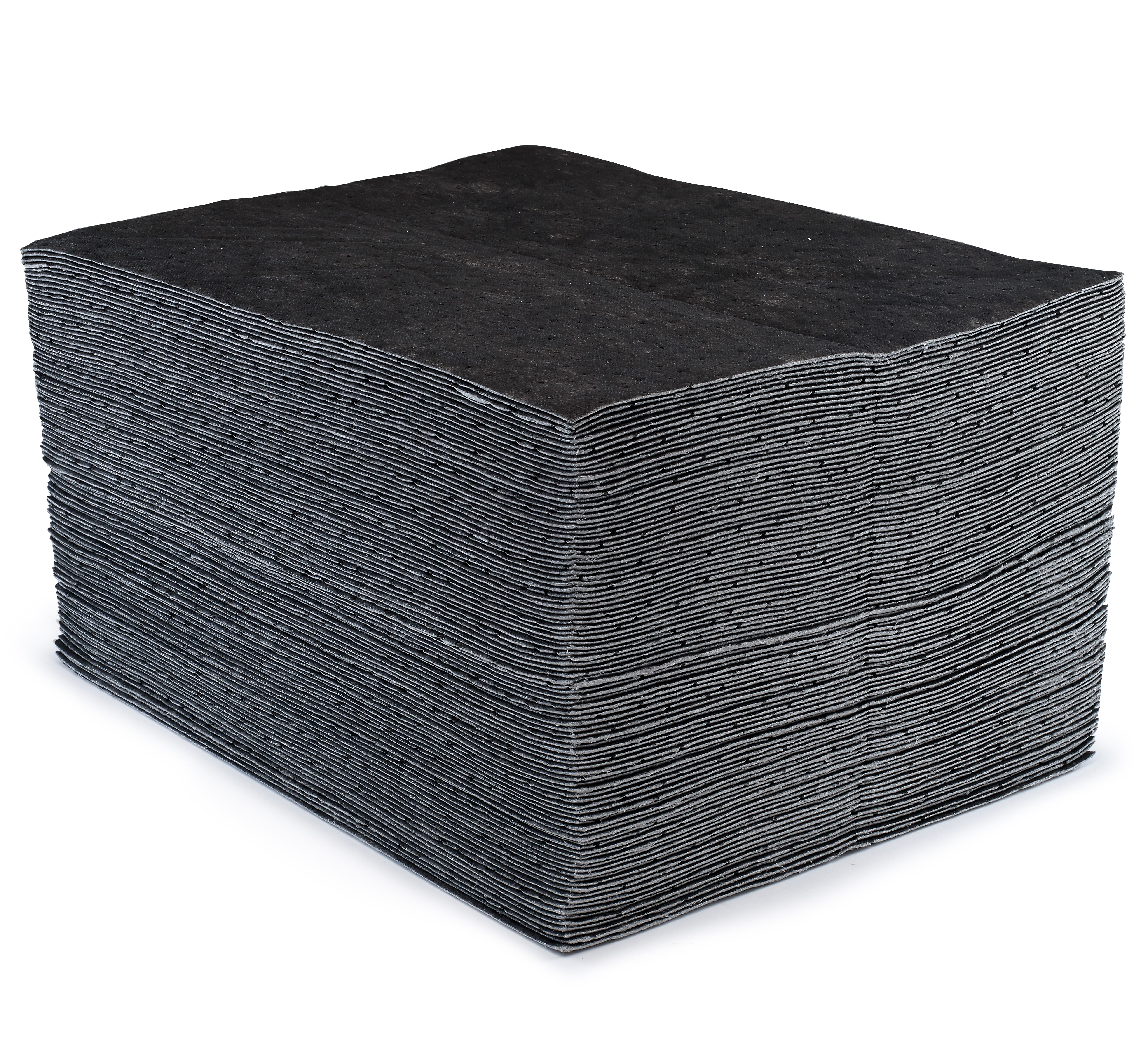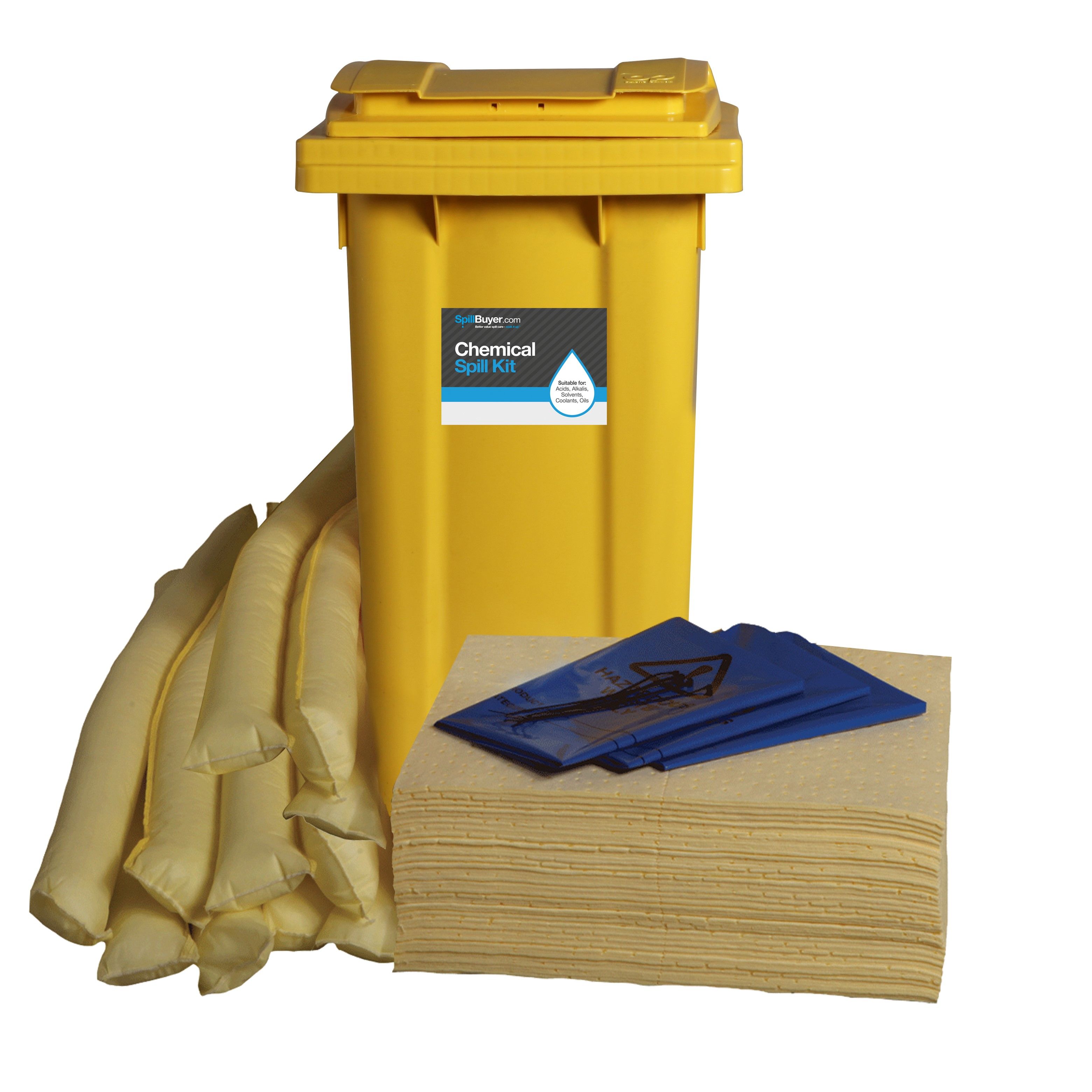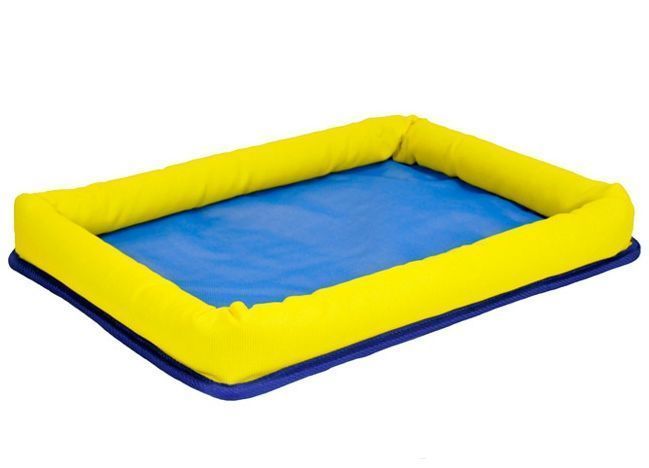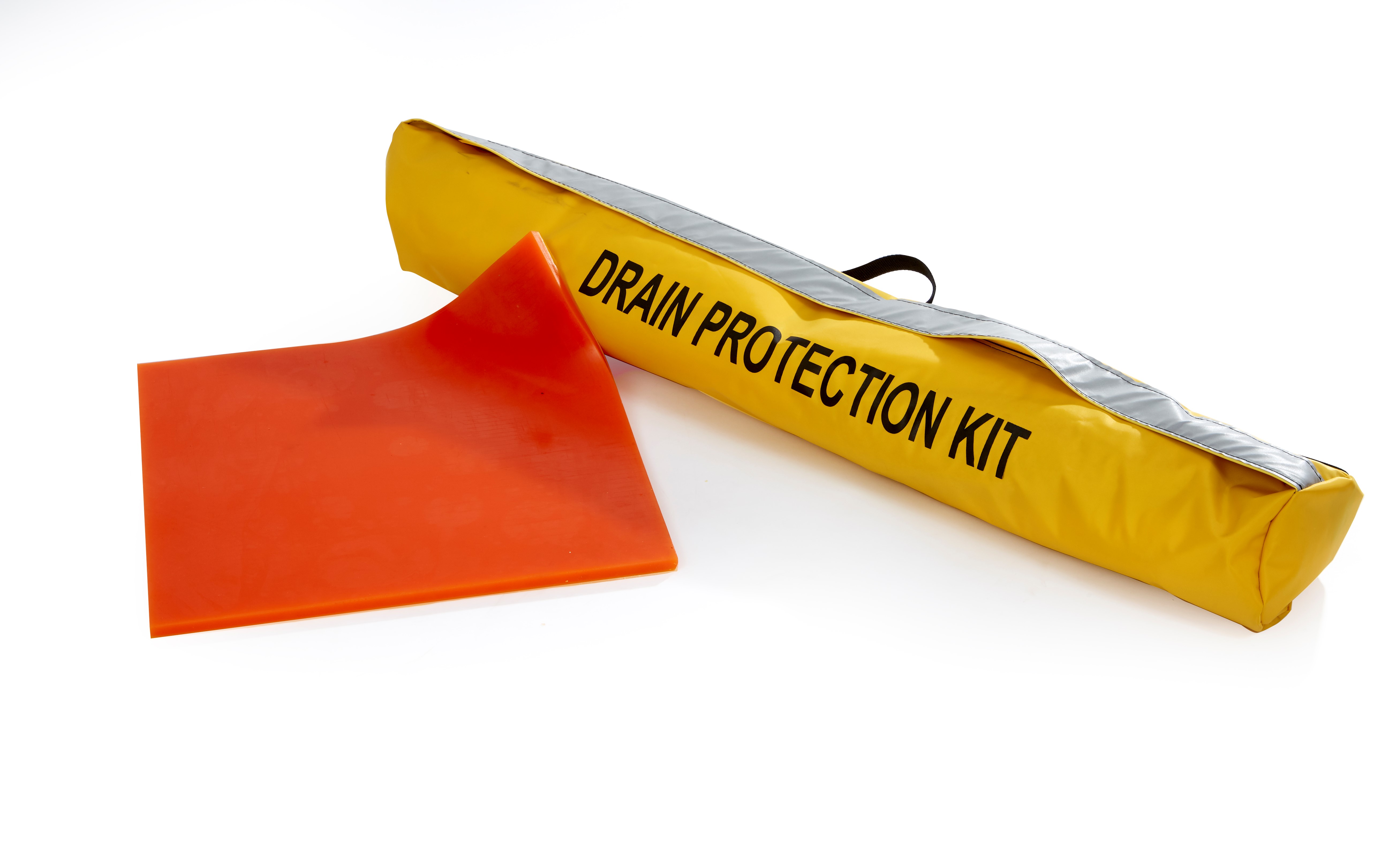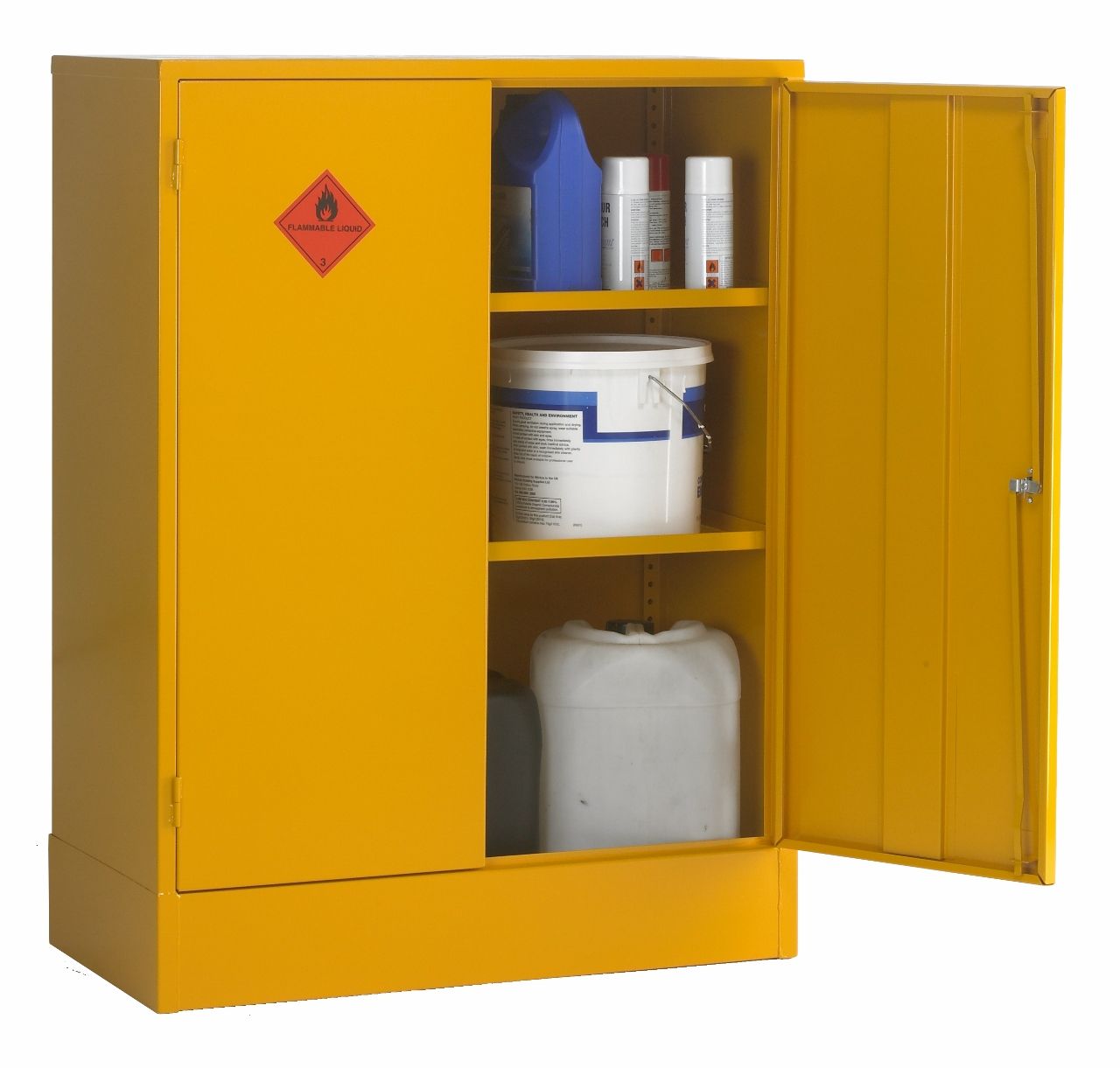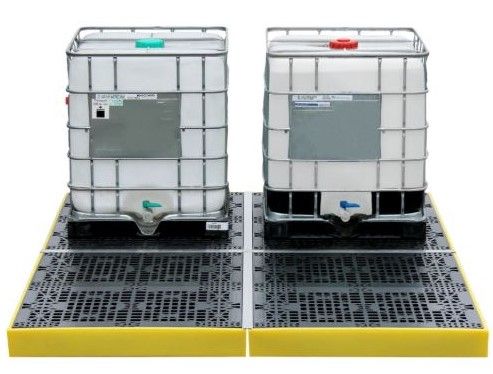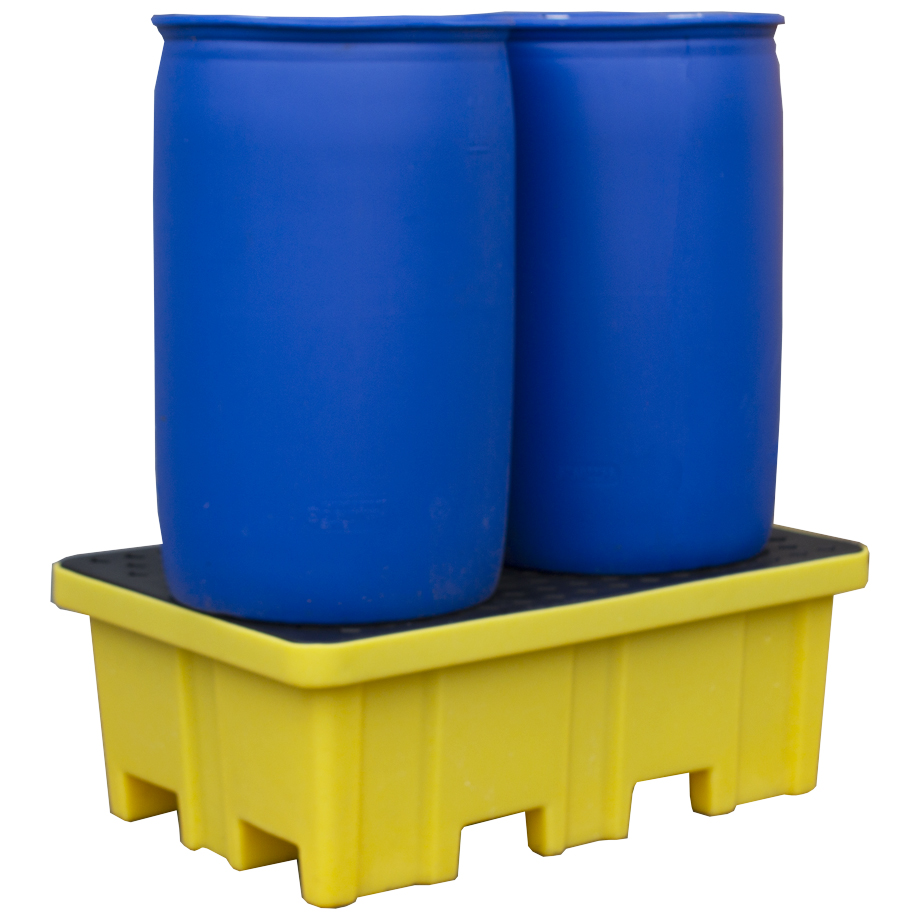The Regulatory Reform (Fire Safety) Order 2005 (RRO) rules that appropriate fire-fighting equipment, including portable fire extinguishers, must be provided where there is any risk of fire. This law governs all fire safety regulations in England and Wales for non-domestic premises.
According to the RRO, business managers and owners who have been designated as responsible persons (RP) are in charge of creating and maintaining a fire management plan and conducting a fire safety risk assessment. Below, the experts in workplace fire safety at SafetyBuyer outline the fire extinguisher regulations in the workplace.
Who is accountable for adhering to fire safety regulations?
You may be delegated the role of RP if you are any of the below at a non-residential property, including the workplace:
- An occupant
- An owner
- A landlord
- An employer
- Any other person in charge of the property, such as a risk assessor, facilities manager, building manager, or building managing agent
If you are a business owner or employer, you should have delegated the role of RP, and you are required to make everyone else on the premises aware of who holds it.. The RP should be trained and educated on the fire extinguisher regulations, starting with understanding what the different fire extinguishers types are.
Types of fire extinguishers
Fire risks can be distinguished into six classes:
- Class A - flammable substances made of carbon, such as paper, wood, or fabrics
- Class B - combustible liquids, such as paraffin, gasoline, diesel, or oil (but not cooking oil)
- Class C - combustible gases such as butane, propane, or methane
- Class D - metals that burn, such as lithium, magnesium, or aluminium
- Electric spark symbol - fires brought on by electrical equipment
- Class F - fats and cooking oils
The above types of fire can be extinguished with the below extinguishers types:
- Class A - water, water mist, foam, dry powder, and wet chemicals
- Class B - water mist, foam, dry powder, CO2, some wet chemicals
- Class C - dry powder and water mist
- Class D - specialist dry powder
- Electrical - some CO2, foam, and water mist
- Class F - wet chemical and water mist
What number of fire extinguishers do I need at the workplace?
Unless the workplace is extremely small, in which case one Class A fire extinguisher may be allowed, the standards require a minimum of two Class A fire extinguishers on each storey of a building. Fire extinguishers of this class typically come in volumes of three or six litres of foam or nine litres of water, however, additional sizes may also be required, depending on the nature of the materials present at the workplace - for example, the need for CO2 extinguishers for electrical fires.
Fire extinguishers must be visible and easily reachable. To encourage people to move away from the fire, you should place fire extinguishers near exits and fire alarm call points.
Commissioning fire extinguishers
A competent individual must commission fire extinguishers on-site - this is generally an individual with the BAFE fire extinguisher qualification - or equivalent - from a fire protection company with third-party certification.
Maintenance and servicing
Extinguishers need to be kept in good functioning condition. The RP should perform monthly inspections and the extinguishers must be serviced once a year by a qualified individual.
The basic monthly inspection includes checking that it is:
- In date
- Has not been tampered with
- In operating order
- Has the right weight and pressure
- Has the proper signage and positioning
The service and inspections should be recorded on the service label on the side of the canister and advice should be given regarding refilling, replacement, or the need for any additional extinguishers. Keeping a permanent record of all fire extinguisher servicing, maintenance, and inspections is mandated by law.
Fire risk assessments
The fire safety risk assessment is essential and is applicable to all enterprises, no matter how small, as many parts of the law are not prescriptive. RPs should hold fire drills, and teach personnel how to use extinguishers correctly and where they should be placed. In addition to injury and death, failure to protect staff by providing appropriate equipment could result in legal action and denial of insurance payouts.
You can use the BS5306 guidelines to determine which fire extinguishers to use and where.
Equip your workplace with leading fire safety solutions
Every workplace must have the correct fire extinguishers and fire safety solutions. Find our entire range of fire safety equipment here - including fire extinguishers and extinguisher stands and brackets.
 Over 12,000
Over 12,000  Simple no quibble
Simple no quibble  Prompt dispatch &
Prompt dispatch &  UK Mainland Delivery
UK Mainland Delivery 




